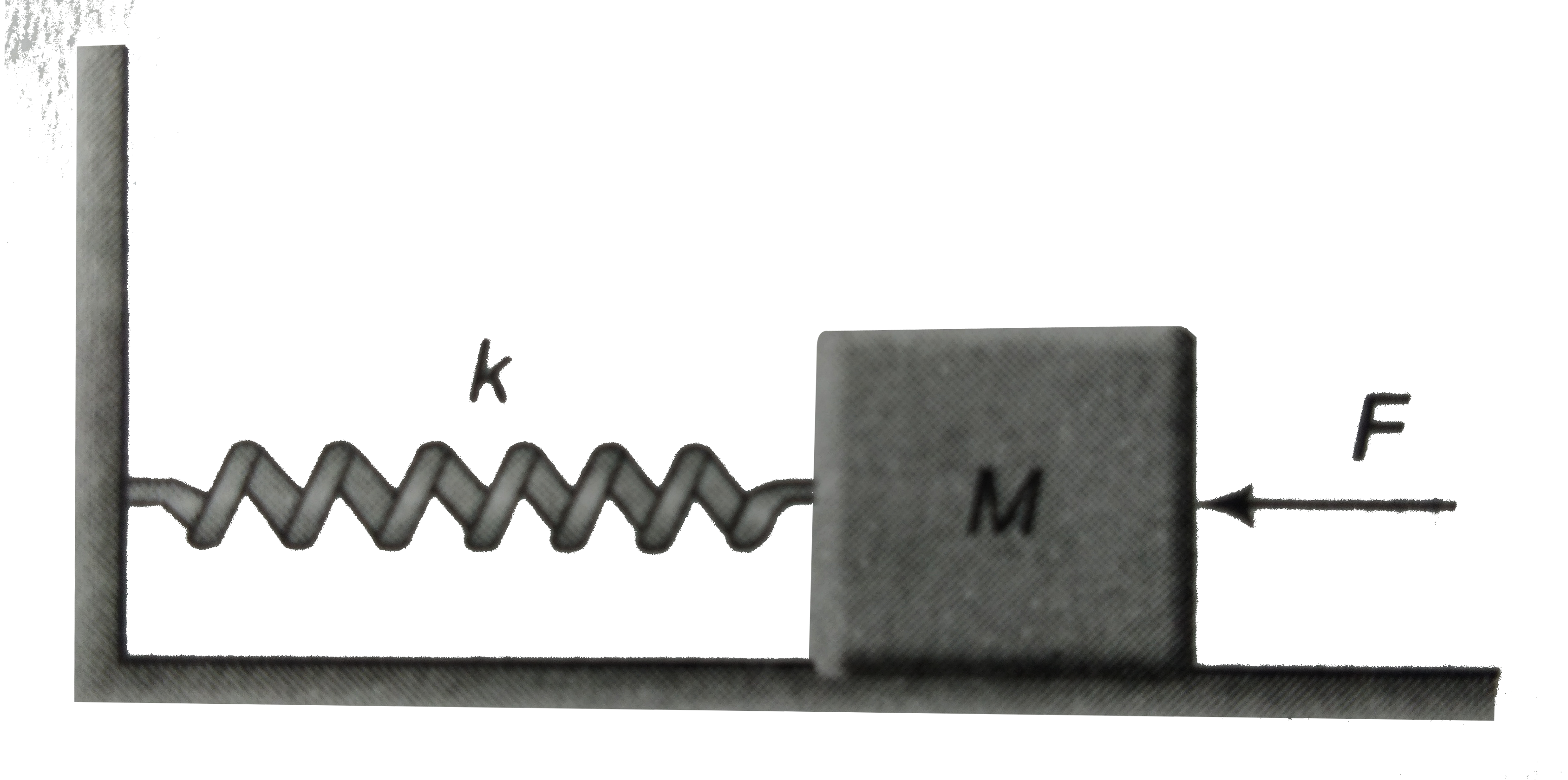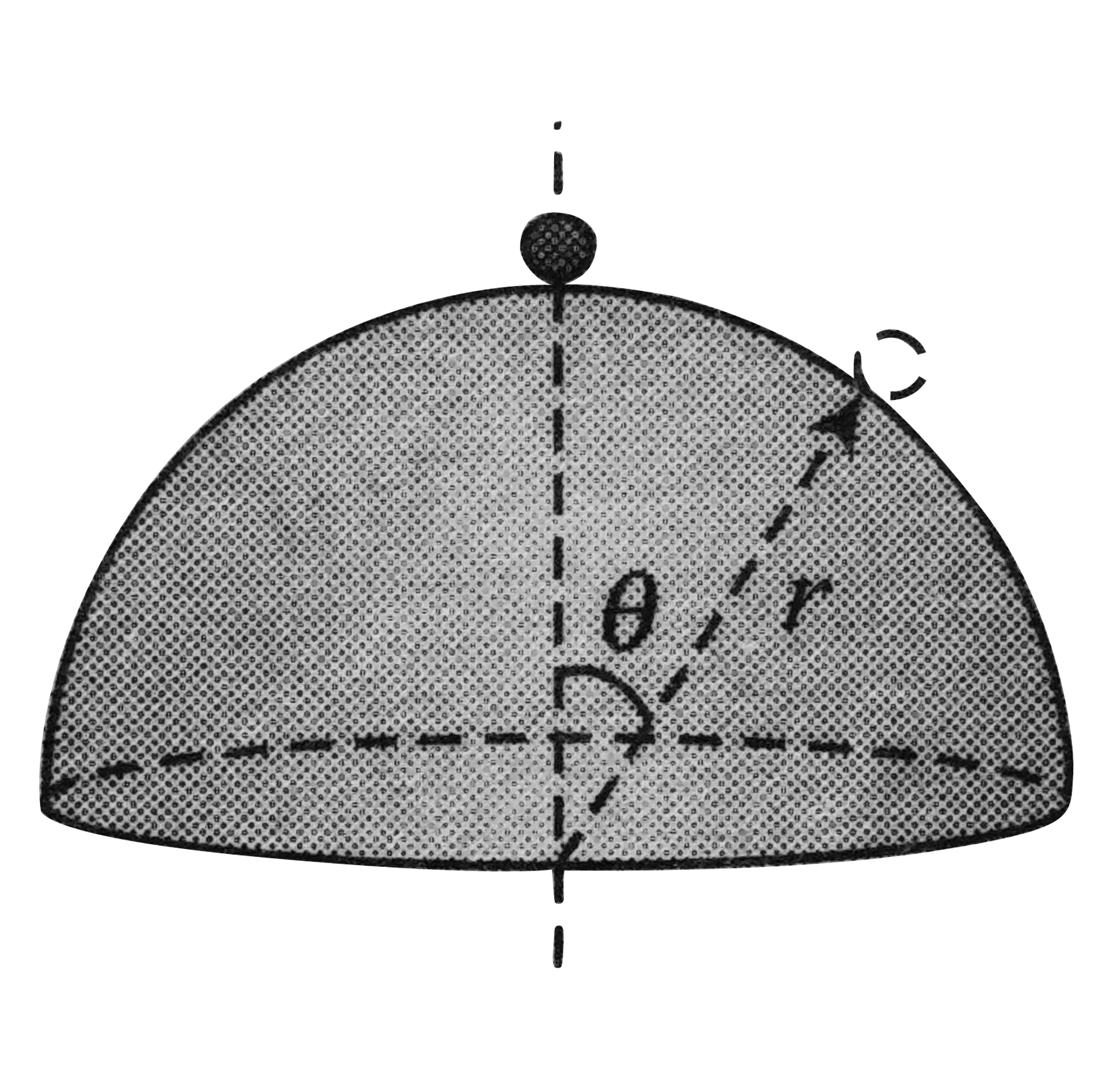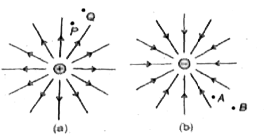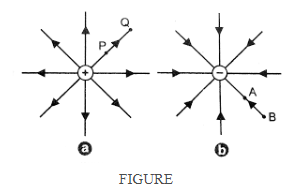State whether the following objects possess kinetic energy, potential energy, or both :
(a) A man climbing a hill
(b) A flying aeroplane
(c) A bird running on the ground
(d) A ceiling fan in the off position
(e) A stretched spring lying on the ground.
The correct Answer is:(a) Both kinetic energy and potential energy (b) Both kinetic energy and potential energy (c) Only kinetic energy (d) Only potential energy (e) Only potential energy (rather elastic potential energy)
NA
Topper's Solved these Questions
- BOOK - LAKHMIR SINGH & MANJIT KAURCHAPTER - WORK AND ENERGYEXERCISE - Long Answer Type Questions2videos
WORK AND ENERGY
- BOOK - LAKHMIR SINGH & MANJIT KAURCHAPTER - WORK AND ENERGYEXERCISE - Multiple Choice Questions1videos
WORK AND ENERGY
- BOOK - LAKHMIR SINGH & MANJIT KAURCHAPTER - WORK AND ENERGYEXERCISE - Multiple Choice Questions1videos
WORK AND ENERGY
- BOOK - LAKHMIR SINGH & MANJIT KAURCHAPTER - SOUNDEXERCISE - Value Based Questions20videos
SOUND
Similar Questions
What kind of energy is possessed by the following ?
(a) A stone kept on roof-top.
(b) A running car.
(c) Water stored in the reservoir of a dam.
(d) A compressed spring.
(e) A stretched rubber band.View SolutionIn figure, k=100N/m,M=1kg and F=10N

(a) Find the compression of the spring in the equilibrium position
(b) A sharp blow by some external agent imparts a speed of 2m/s to the block towards left. Find the sum of the potential energy of the spring and the kinetic energy of the block at this instant.
(c) Find the time period of the resulting simple harmonic motion.
(d) Find the amplitude.
(e) Write the potential energy of the spring when the block is at the left estreme.
(f) Write the potential energy of the spring when the block is at the right extreme.
The answers of (b), (e) and (f) are different. Explain why this does not violate the principle of conservation of energy ?View SolutionConsider a one-dimensional motion of a particle with total energy E. There are four regions A, B, C and D is which the relation between potential energy U, kinetic energy (K) and total energy E is as given below
RegionA:U>E Region B:U<E
Region C:K<E Region D:U>E
State with reason in each case whether a particle can be found in the given region or not.View SolutionDiscuss whether any work is being done by each of the following agents and, if so, whether the work is positive or negative: (a) a chicken scratching the ground, (b) a person studying, (c) a crane lifting a bucket of concrete, (d) the gravitational force on the bucket in part (c), and (e) the leg muscles of a person in the act of sitting down.
View SolutionAs an electron makes a transition from an excited state to the ground state of a hydrogen like atom/ion
(a) kinetic energy, potential energy and total energy decrease
(b) kinetic energy decreases, potential energy increases but total energy remains same
(c ) kinetic energy and total energy decrease but potential energy increases
(d) its kinetic energy increases but potential energy and total energy decreaseView SolutionIn figue k=100Nm−1M=1kgandF=10N. a. Find the compression of the spring in the equilibrium position. b. A sharp blow by some xternal agent imparts a speed of 2ms−1 to the block towards left. Find the sum of the potential energy of the spring and the kinetic energy of the block at ths instant. c. find the time period of the resulting simple harmonic motion. d. Find the ampitude. e. Write the potential energy of the spring when the block is at the left extreme. f. Write teh potential energy of the spring when teh block is at the right extreme.
The anwer of b, e, and f are different. Explain why this does not violate the principle of conservation of energy.
 View Solution
View SolutionA point mass m starts from rest and slides down the surface of a frictionless hemisphere of radius r as shown figure. Measure angle from the vertical and potential energy from the top. Find
a. Find the changes in potential energy of the mass with angle
b. Find the kinetic energy as a function of angle
c. Find the radial and tangential acceleration as a function of angle
d. Find the angle at which the mass files off the hemisphere
e. If there is friction between the mass and hemisphere, does the mass fly off at a greater or lesser angle than in part (d) ?
 View Solution
View SolutionLight of wavelength 2000Å falls on an aluminium surface . In aluminium 4.2eV of energy is required to remove an electron from its surface. What is the kinetic energy , in electron volt of (a) the fastest and (b) the slowest emitted photo-electron . ( c) What is the stopping potential ? (d) What is the cut - off wavelength for aluminum? (Plank's constant h=6.6×10−34J−s and speed of light c = 3 xx 10^(8) m s^(-1).
View SolutionFigure (a) and (b) show the field lines of a positive and negative point charge respectively.

(a) Give the signs of the potential difference . Vp−VQ,VB−VA
(b) Give the sign of the potential energy difference if a small negative charge is moved from points Q to P from point A to B.
(c) Give the sign of the work done by the field in moving a small positive charge from Q to P.
( d) Give the sign of the work done by the external agency in moving a samall negative charge from B to A .
(e ) Does the kinetic energy of a small negative charge increase or decrease in going from B to A ?View SolutionFigures (a) and (b) show the field lines of a positive and negative point charge respectively

(a) Give the signs of the potential difference VP−VQ,VB–VA.
(b) Give the sign of the potential energy difference of a small negative charge between the points Q and P, A and B.
(c) Give the sign of the work done by the field in moving a small positive charge from Q to P.
(d) Give the sign of the work done by the external agency in moving a small negative charge from B to A.
(e) Does the kinetic energy of a small negative charge increase or decrease in going from B to A?View Solution

